Emergency lamp ballasts and electronic ballasts are both completely different creatures.
An electronic ballast is an electrical device used to start and regulate fluorescent and discharge lamps. Electronic ballasts improve the efficiency of the lamp. Modern features of electronic ballasts include electromagnetic interference (noise reduction), power factor correction, resonant output stages for high-frequency AC control of the lamp, and control circuits for each stage.
Additional circuitry is required to control fluorescent lamps to preheat the filament, light the lamp, and end-of-life protection.
On the other hand, emergency lamp ballasts are used for emergency lighting purposes. Emergency ballasts contain rechargeable batteries and electronics that provide backup power to fixtures during a power outage, illuminating an area for 90 minutes.
Emergency ballasts are required by code in most areas to help illuminate a person's path during an emergency with little or no lighting to escape. Emergency ballasts can be found in many commercial and industrial environments.
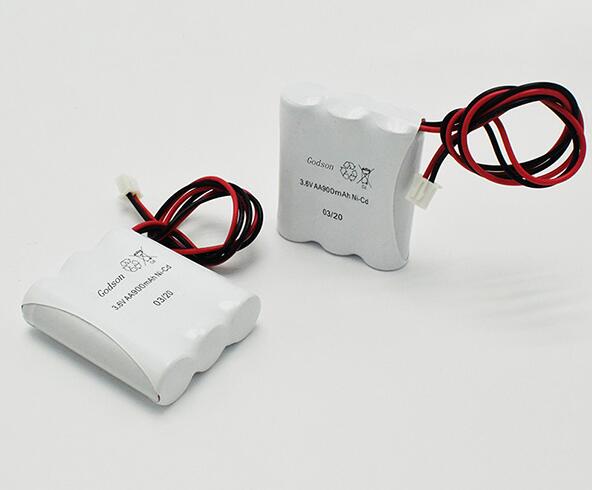
LED emergency ballasts or LED emergency drivers are LED drivers equipped with rechargeable batteries that illuminate lighting fixtures for a specific duration based on their battery output power and the power requirements of the fixture.
A LED emergency driver for led lamp ballast emergency is basically an LED emergency driver that is equipped with a built-in battery as well as switches to battery power if the main lamp goes out and keeps the battery charged while the power is off to the driver.
It is essentially an LED emergency driver, but because it can provide higher power and be used for LED tube lights, it is called an LED emergency ballast.
Not because it is a ballast, but because the ballast is used for fluorescent tubes. To this day, LED emergency ballasts are still used in LED tubes and retrofits.
In addition to a normal fluorescent ballast, a fluorescent emergency ballast also incorporates an internal battery that powers the lighting device (fluorescent tube) for a period of time in case the power is switched off.
So while normal ballasts only regulate the main (AC) power supply to the lighting source, emergency ballasts for fluorescent lamps regulate and provide direct current (DC) to the flashing device even if the main power supply is switched off.
Every lamp, whether it is an incandescent or halogen bulb, requires a driver. However, other forms of modern lamps or lighting fixtures, such as fluorescent bulbs, compact fluorescent lamps (CFLs), HID bulbs, or LEDs, require ballasts or drivers to illuminate them.
These families of bulbs that require ballasts use two different types of ballasts - magnetic ballasts and electronic ballasts. Magnetic ballasts are an older technology used in some lamps.
However, electronic ballasts such as LED emergency ballasts have been found to be energy efficient.
The question now is whether LED lamps also need ballasts. The answer is yes. LEDs use a technology similar to ballasts but are named drivers.
Therefore, these drivers (also called ballasts) regulate the power (voltage and current) flowing to the light source and function as ballasts in LED bulbs.
Despite their different nomenclature, both ballasts and drivers regulate the power supply to the respective luminaire and are powered from the battery in the event of a power outage.
Both are functionally identical, but differ in their association. The driver is associated with the LED and the ballast is associated with the fluorescent tube.
The fluorescent emergency ballast provides a high voltage from its initial spike and generates an arch of power that is transmitted from the cathode to the anode through the discharge tube. Thus, once the lamp is on, it operates according to the specifications of the current regulator.
The emergency power supply maintains a high-frequency, high-voltage output current during the emergency light output.
On the other hand, the emergency LED driver converts AC power to low-voltage DC power. the LED is designed to run on the type of power supply.
As a result, fluorescent emergency ballasts are more costly than LED emergency drivers because earlier emergency ballasts required high-capacity batteries to power the fluorescent tubes in case of a power outage.
Commercially, LED emergency drivers are more cost effective in terms of installation and reducing the amount of your monthly electricity bill.
Choosing the right emergency ballast depends on a variety of factors. Here are some of the most critical factors
1. Standby time
Standby time is the estimated number of hours you want your lighting to run on backup battery power. This is proportional to the capacity of the batteries installed in the emergency driver.
If you are in a country where power outages are rampant and last for several hours, then you should choose an emergency drive with a larger battery capacity.
Depending on the laws and regulations of different countries, the emergency power supply must meet specific emergency times, such as 3 hours in the UK and 1.5 hours in China, which is a key factor in determining the duration of the emergency. Check the requirements in your country/region.
2. Lamp type
Each lamp has specific power requirements. Some lights require constant current, while others may require continuous voltage. Check the power requirements for the back end of your lamp or cartoon.
While many emergency ballasts will be compatible with standard lamps such as the F17T8, F25T8, F32T8, F28T8 and U-shaped versions of the same lamp, it is highly recommended to ensure compatibility beforehand.
If you are unsure, you should seek expert advice.
3. Temperature requirements
Lamps have specific external and internal temperatures required for proper operation, and the driver/ballast plays an important role in regulating the temperature. For this information, refer to the lamp specifications, or seek expert advice if you are unsure.
4. Installation environment.
Consider the environment in which the lamp will be installed. If the outlet is to be installed in a wet or splash-prone location, then you will need an emergency driver with a higher level of protection against water and dust.
If the fixture is to be installed in a very hot location, then you will need a driver that can operate in these temperatures.
Contact us today for a no-obligation discussion with one of our experts.

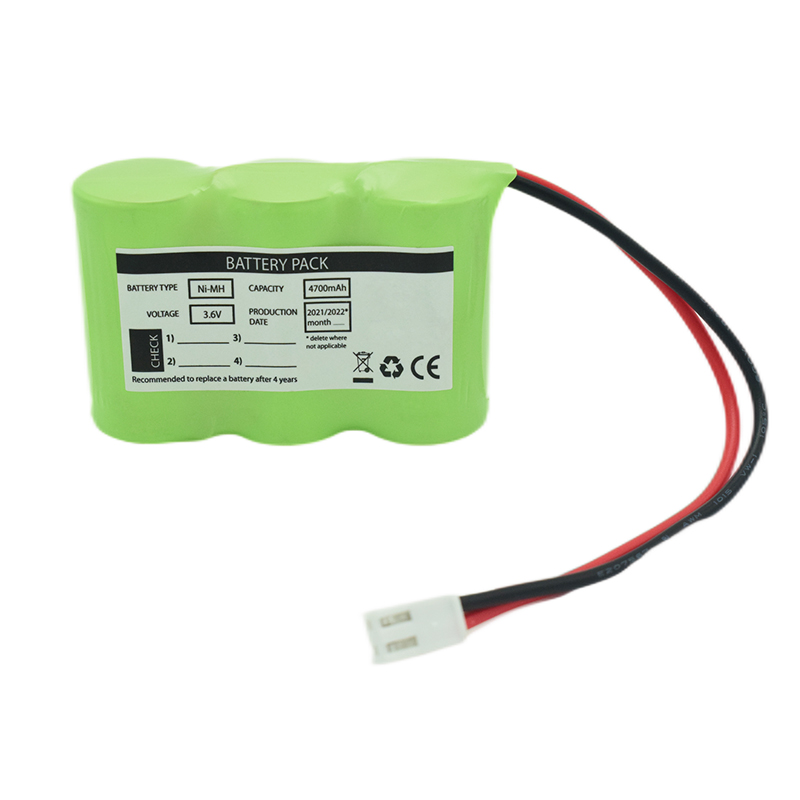 Ni-MH Battery C4700mAh 3.6V
Ni-MH Battery C4700mAh 3.6V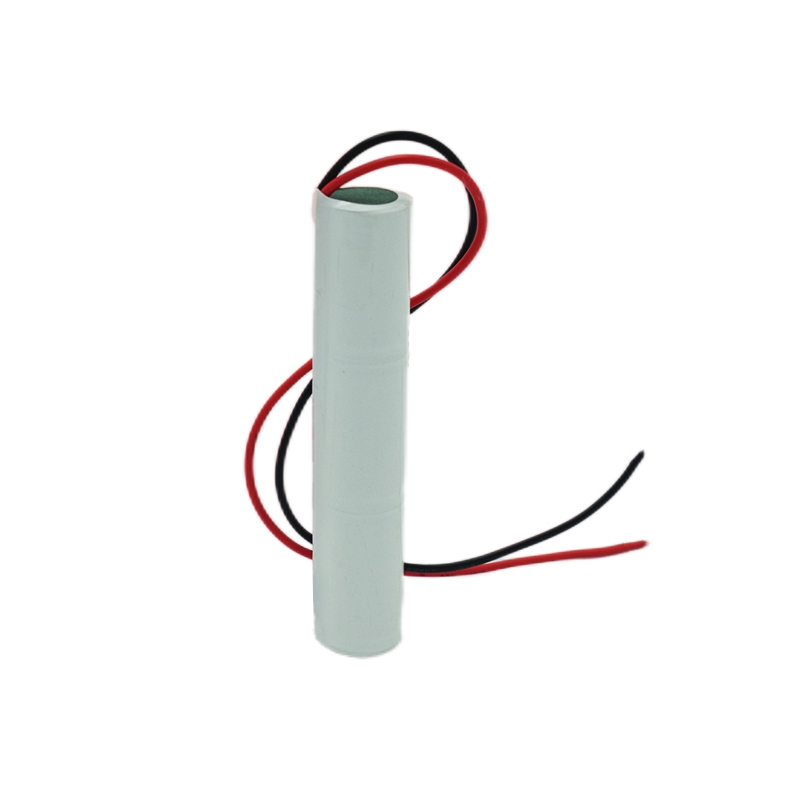 Nickel Cadmium Nicd Battery Pack SC1800mAh 3.6V
Nickel Cadmium Nicd Battery Pack SC1800mAh 3.6V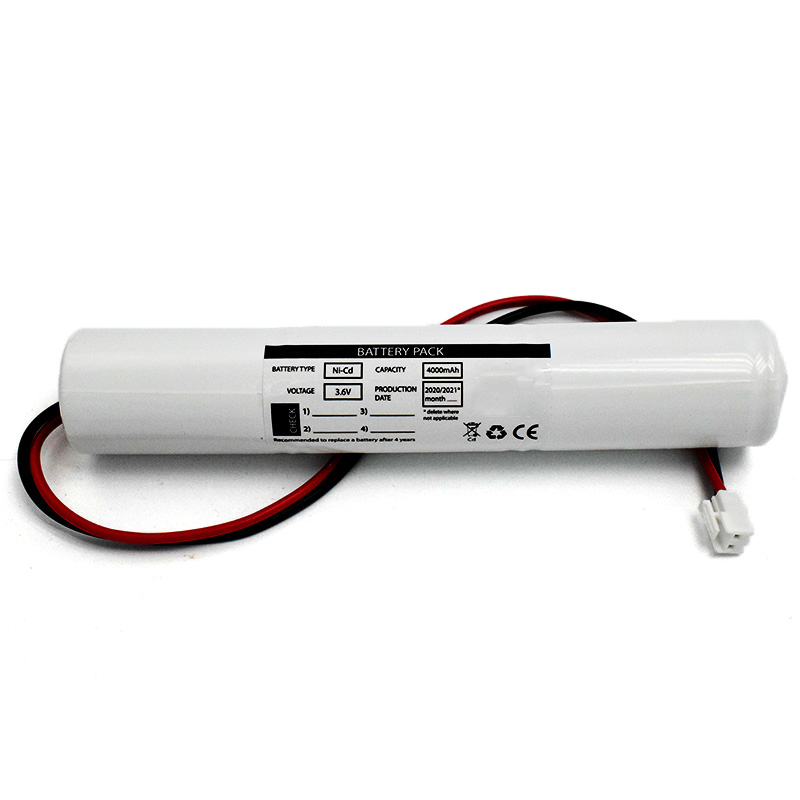 Ni-Cd Battery Pack D4000mAh 3.6V
Ni-Cd Battery Pack D4000mAh 3.6V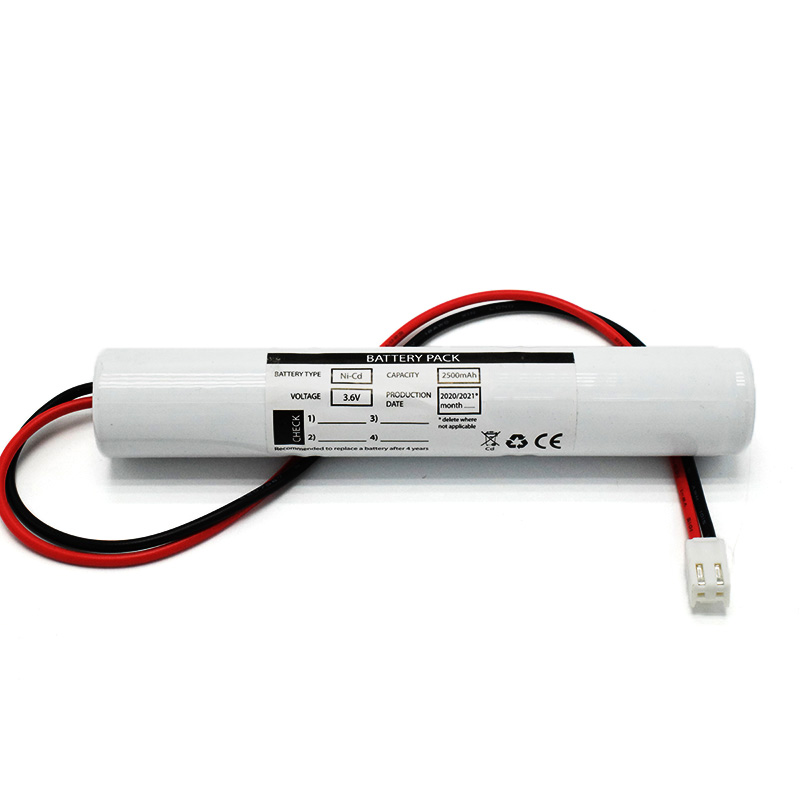 Ni-Cd Battery Pack C2500mAh 3.6V
Ni-Cd Battery Pack C2500mAh 3.6V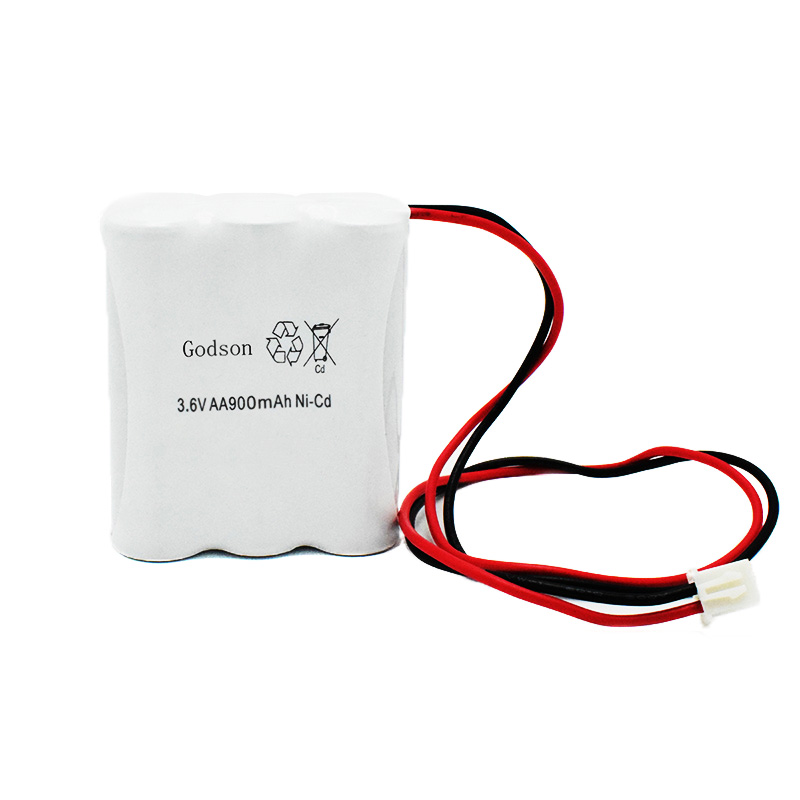 NICAD Battery Pack AA900mAh 3.6V
NICAD Battery Pack AA900mAh 3.6V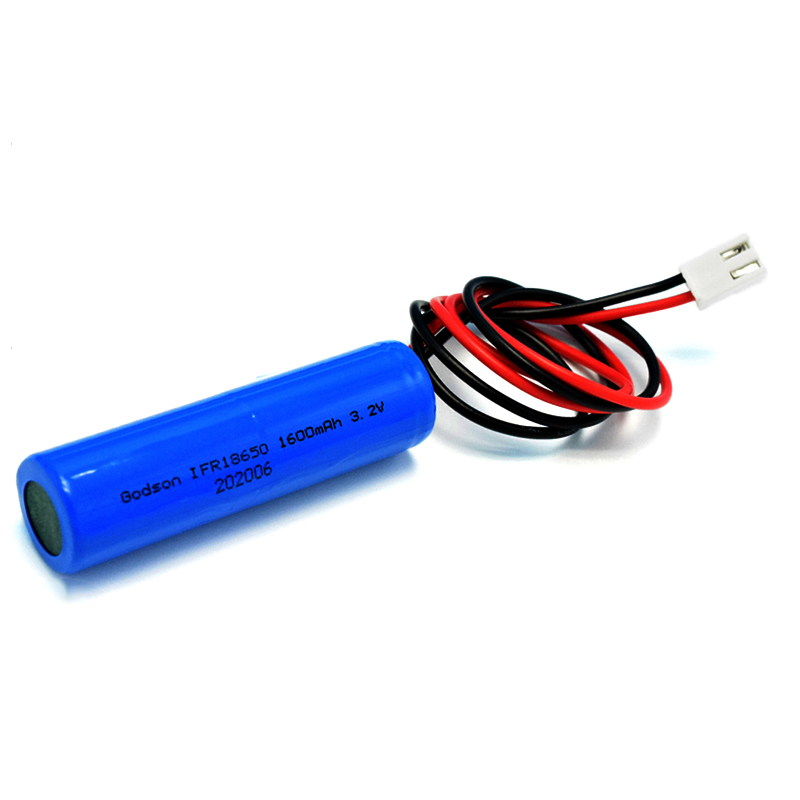 LiFePO4 IFR18650 1600mAh 3.2V
LiFePO4 IFR18650 1600mAh 3.2V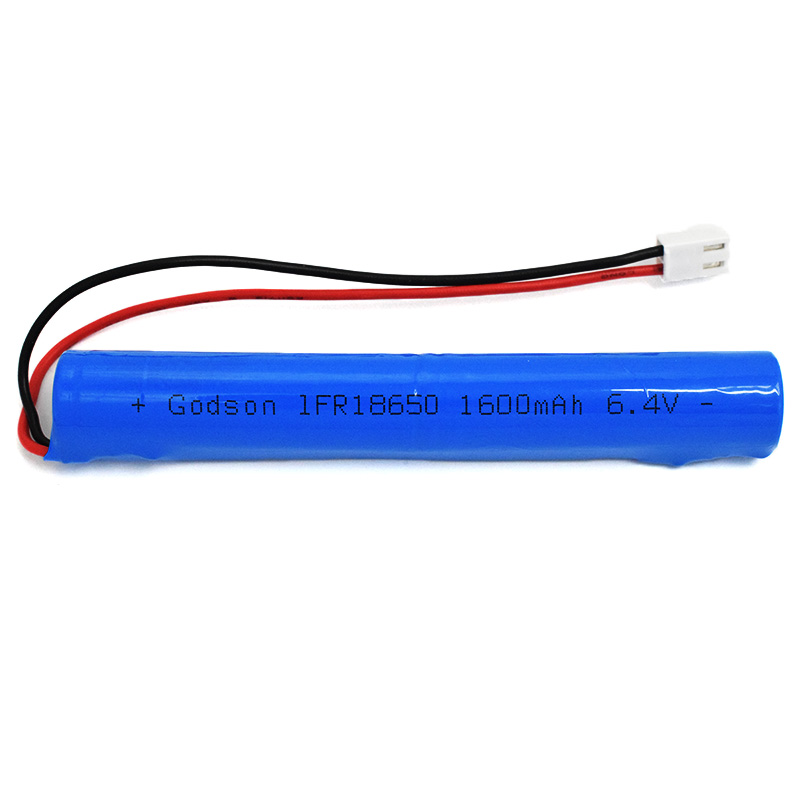 LiFePO4 IFR18650 1600mAh 6.4V
LiFePO4 IFR18650 1600mAh 6.4V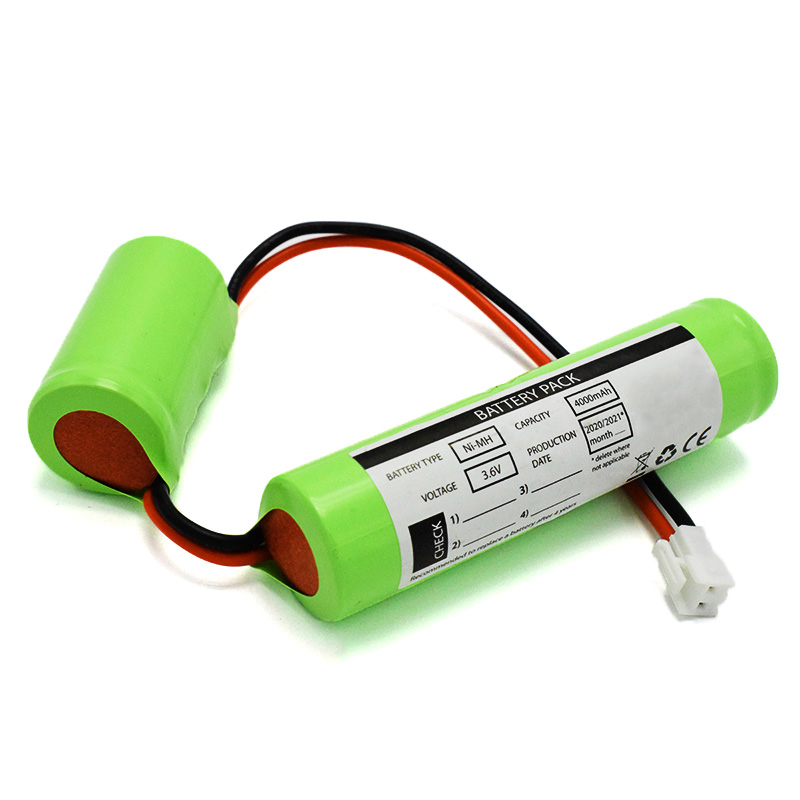 Ni-MH Battery C4000mAh 3.6V
Ni-MH Battery C4000mAh 3.6V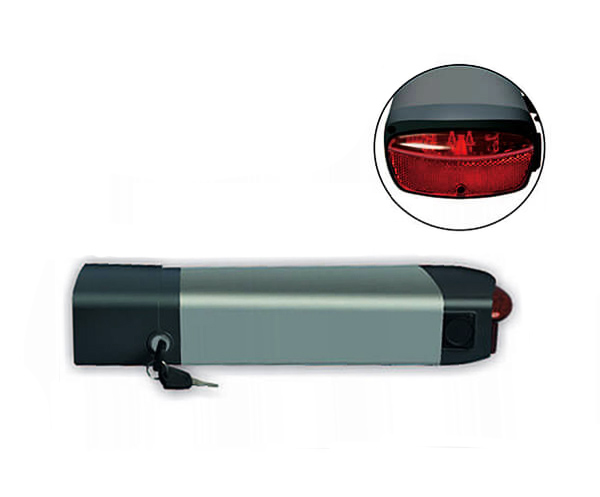 E-bike Battery 48V 10Ah JL-1
E-bike Battery 48V 10Ah JL-1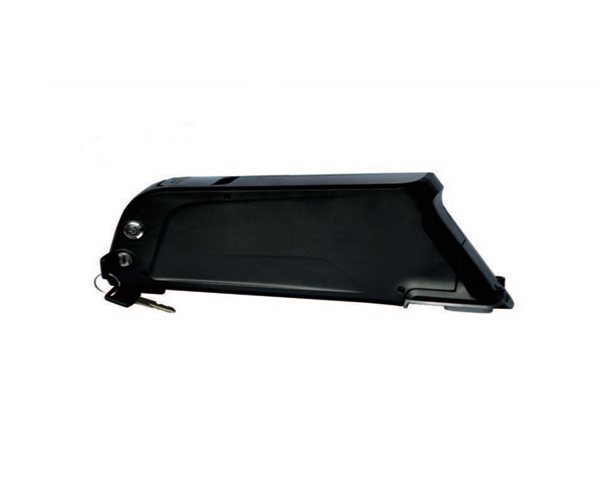 E-bike battery 48V 10Ah Qing Tian
E-bike battery 48V 10Ah Qing Tian